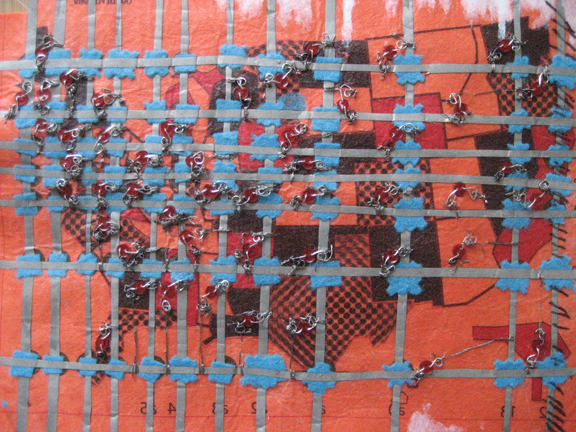
We at SOFTLAB@PSU are very excited about the Textile Intersections Conference where we will be exhibiting our project September 12-14th, at the Broadcasting Center, University of Loughborough in London. Descriptions and photos of works on display can be seen here. The project was developed during the Architecture 497 course Responsive Fiber Composites 2018. The project is titled Phototropic Origami Structure and is made with 4ply fiberglass, conductive yarn, LED’s connected to coin cell batteries and an Arduino board that demonstrate how to integrate light responsiveness into the fabric.
The project was sponsored by the American Composite Manufacturer’s Association [ACMA] who supported the project with their expertise and materials. A workshop was held at Penn State, and was joined by students from Carnegie Mellon. We were inspired by Chakrasana by Joe Choma and his students at Clemson University.
Our team of landscape architects and architects developed a responsive fiber composite foldable structure by embedding conducive and resistive yarns into a fiberglass knit fabric to initiate a responsive project. We used origami as a method to make folds in the fabric allowing the structure to collapse and be flat. We hoped to make a lightweight portable structure that could take on different shapes when clipped and positioned. This could be used as a shelter in a landscape setting or as a portable structure.
O u r p r i m a r y innovation and contribution dwells in the introduction of simple electronic components to make an e-textile that permits communication through the fabric through LED’s. We embedded conducive thread to carry current up a length of fiberglass knit that could then carry an electronic signal to a series of LEDs sewn onto the front side of our origami project. These LEDs were connected to a photocell that turned the LEDs on and off according to the level of light. In bright daylight the LEDs are off and as evening arrives the LEDs are on.
The project was a first time that students and faculty at Penn State University in the Stuckeman School of Architecture and Landscape Architecture had the opportunity to do hands on experimentation working with fabrics and resins to make fiber composites. We are grateful to Joe Riebe at ACMA for reaching out to us about this.
The project was designed during the course and then fabricated after classes had ended. The team who assisted on the project were Zainab Hakanian, [MArch ’20] Jimi Demi-Ajayi [LArch ’18], Julian Huang [LArch ’18], Karen Kuo [LArch ’18], In Pun [BArch ’19] and Faculty Felecia Davis. Felecia Davis, Lee Washesky, School of Architecture Faculty, and Jimi Demi-Ajayi and Julian Huang installed the work for the exhibition in London. The papers for the conference are archived here. I will be posting more about this conference on Twitter @fadatmit and @TIntersections .

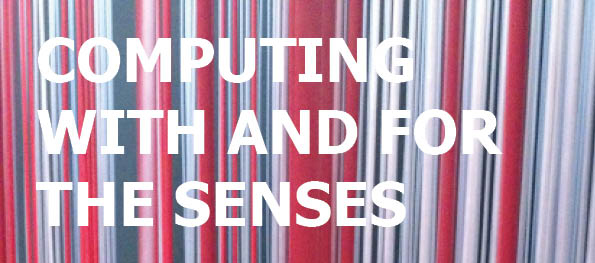
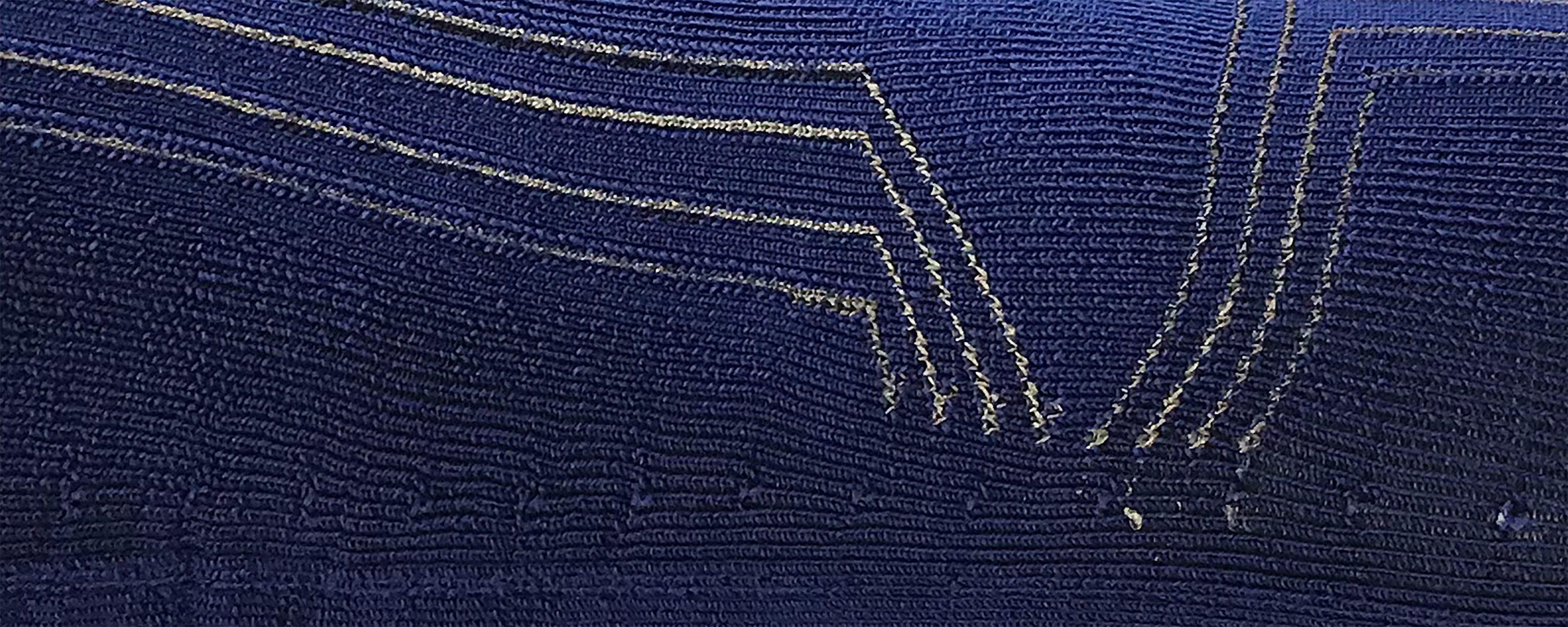
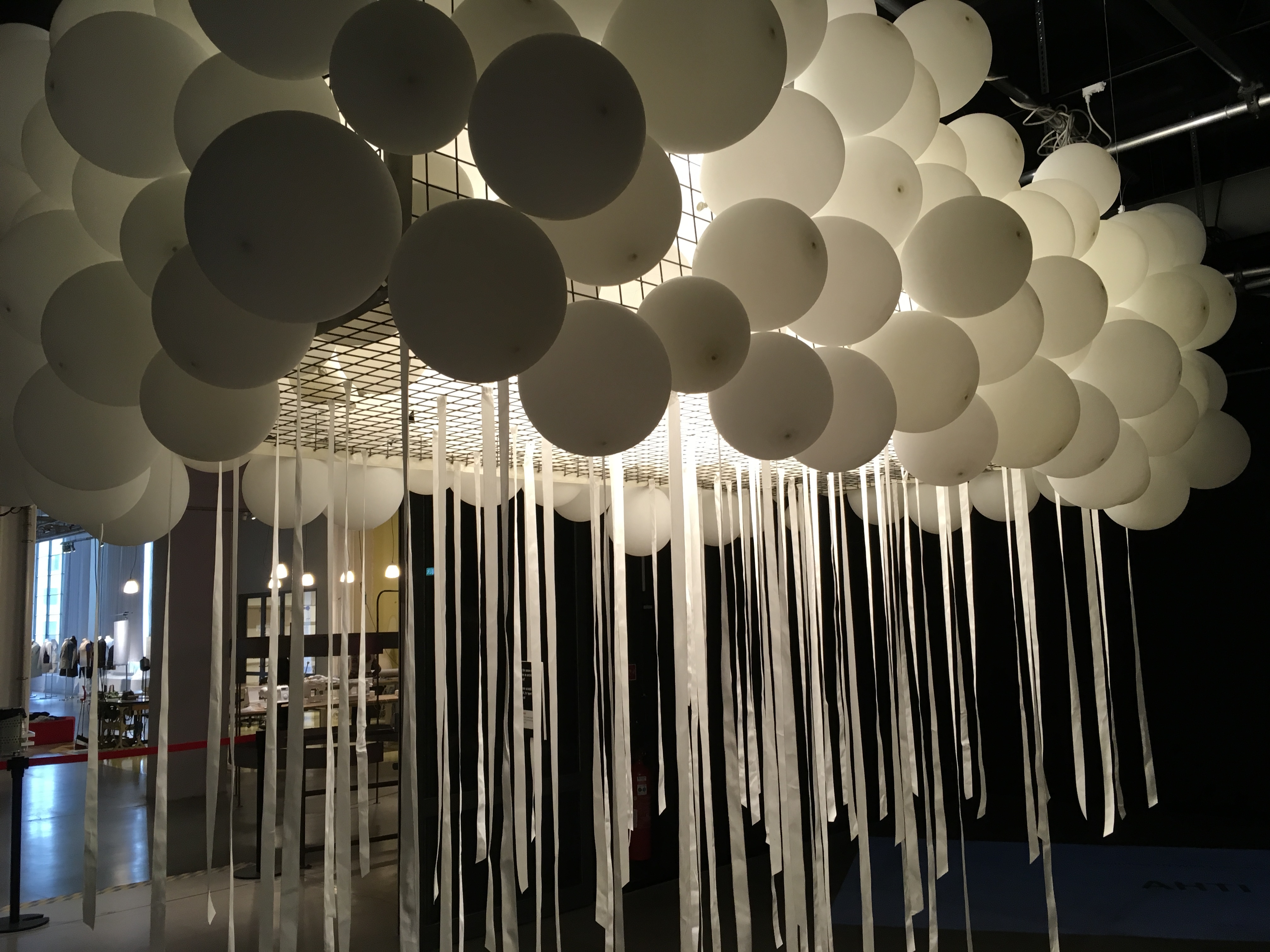



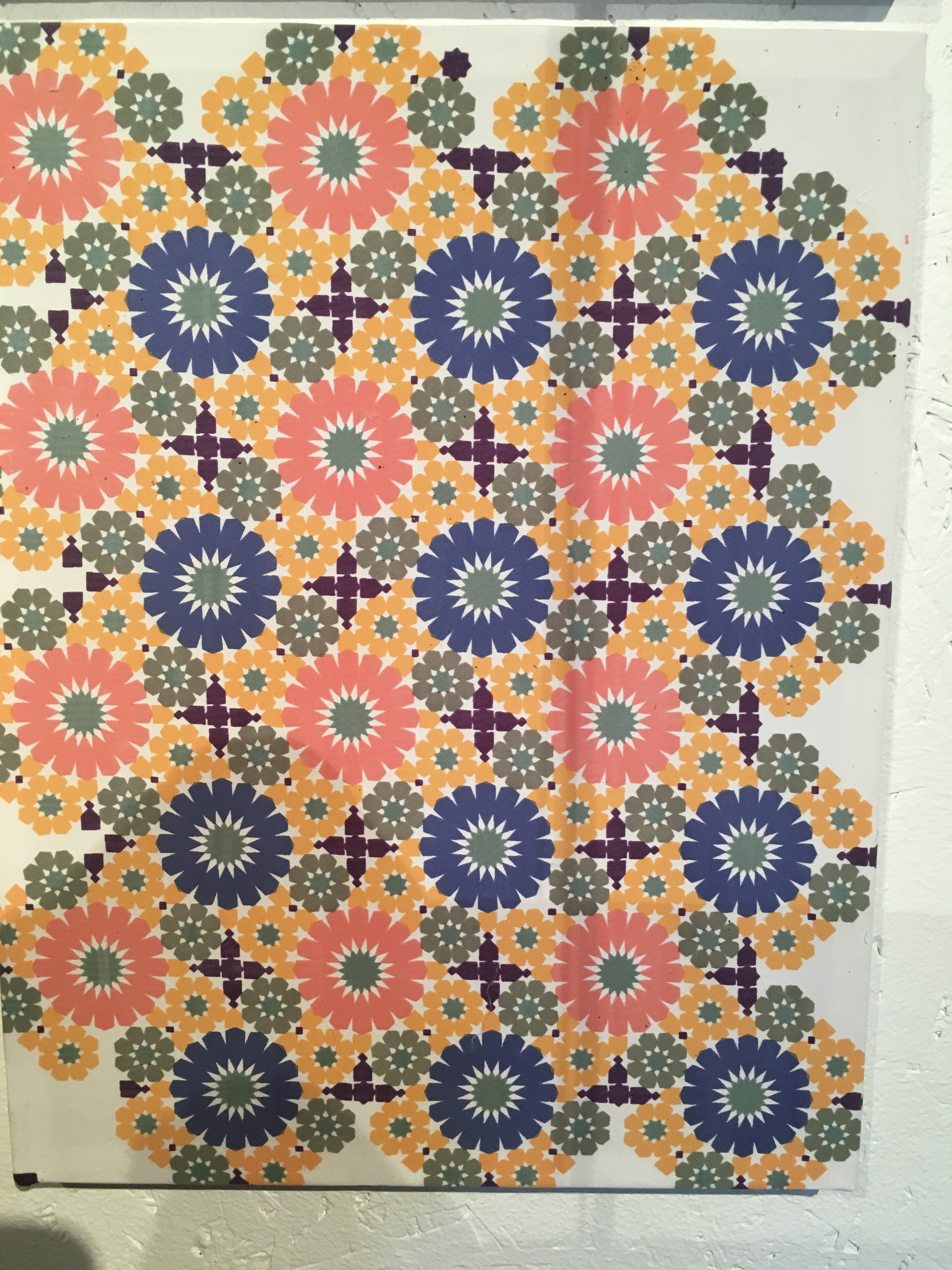



![JPEG image[2]_small](https://fadstudio.wordpress.com/wp-content/uploads/2013/10/jpeg-image2_small.jpg)
![JPEG image[4]_small](https://fadstudio.wordpress.com/wp-content/uploads/2013/10/jpeg-image4_small.jpg)

